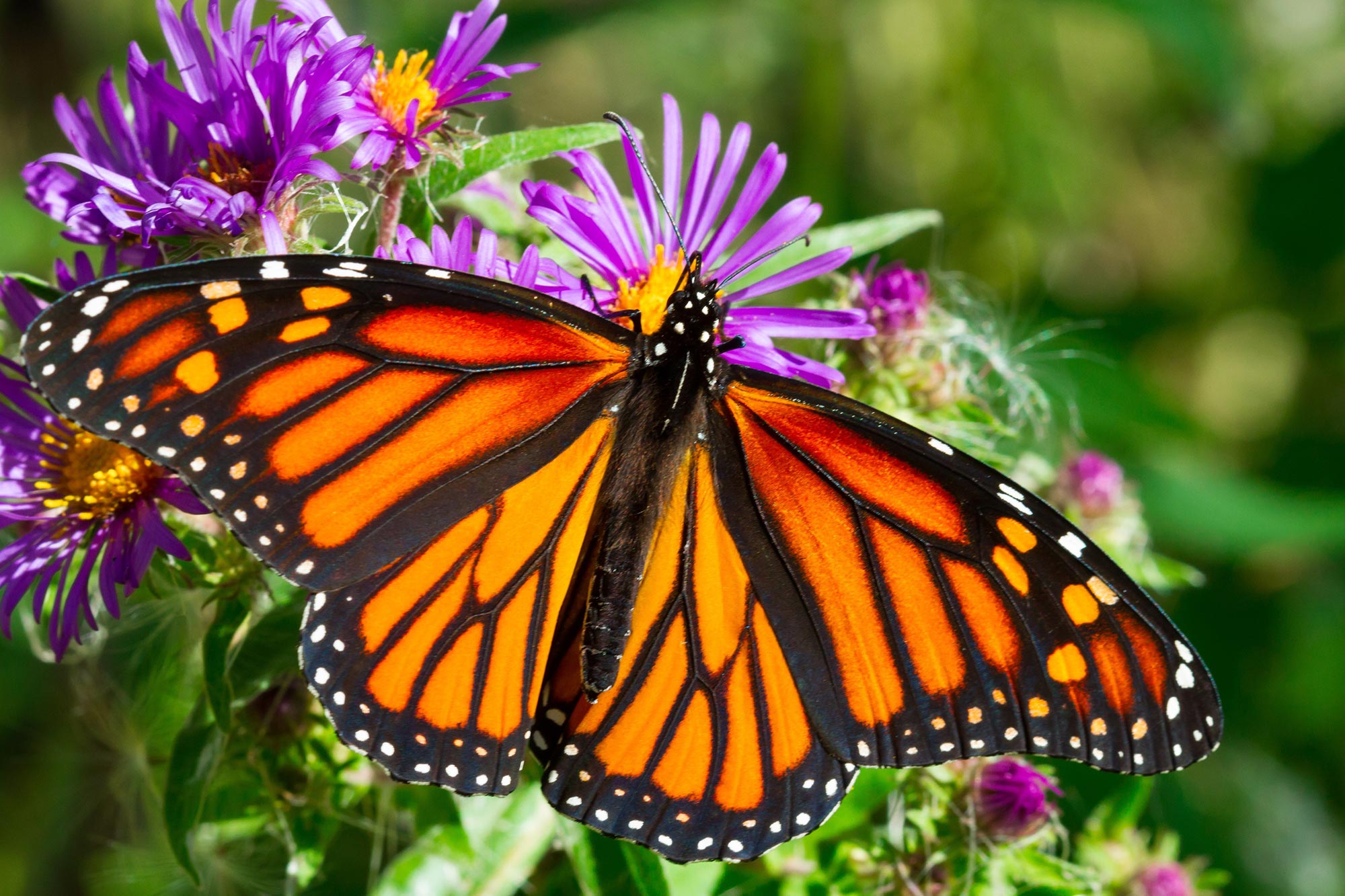
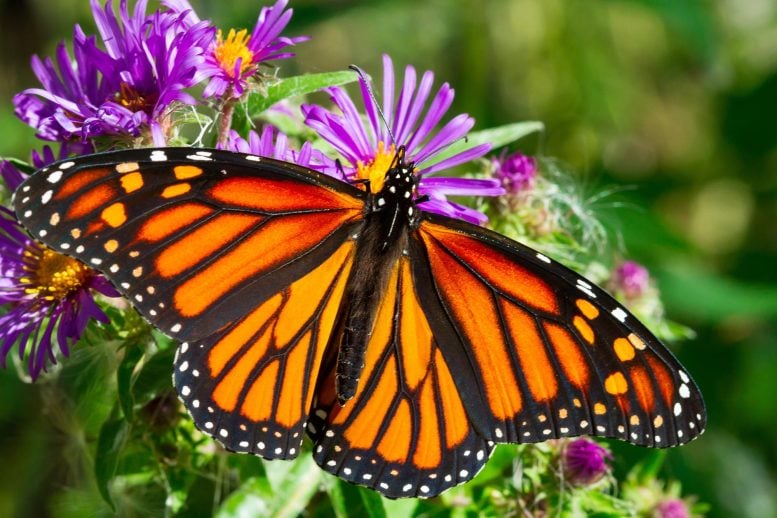
Assisted migration efforts are underway to help monarch butterflies survive by creating new, higher-altitude habitats as global warming alters their traditional sites.
The monarch butterfly’s migration is one of the wonders of the natural world. A new generation of monarch butterflies is born each autumn in the northern United States and southern Canada. Hundreds of millions of these butterflies then fly to Central Mexico’s mountains, between 4,000km and 4,800km away, where they overwinter in forests of the sacred fir Abies religiosa at high altitudes. Without these sacred firs, the monarchs couldn’t survive their grueling migration.
However, with the ongoing effects of global warming, these forests are predicted to slowly move up the mountain slopes. By approximately 2090, they will reach the summit, leaving no room for further upward movement. Thus, it will be necessary to create new forests outside their current geographic range, such as mountains further east, which are at higher altitudes.
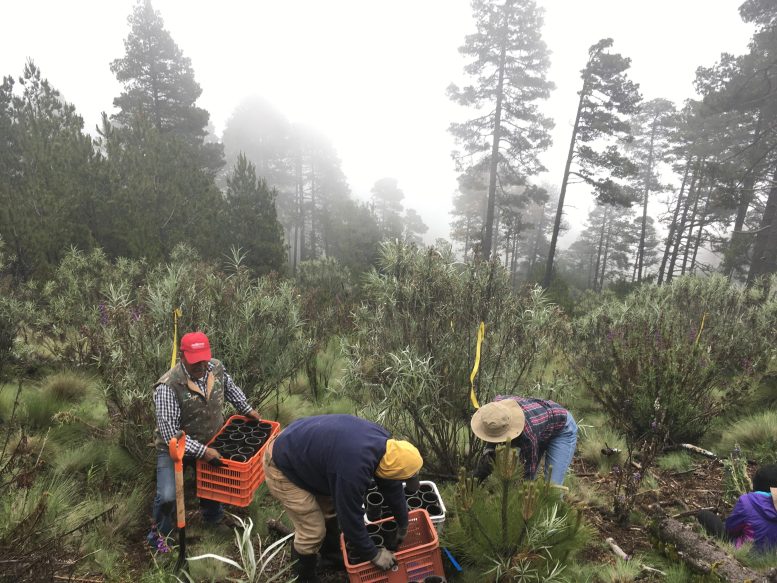
“Here we show the feasibility of planting new sacred fir forests on a nearby volcano, Nevado de Toluca, at altitudes between 3,400 and 4,000 meters,” said Dr. Cuauhtémoc Sáenz-Romero, a professor at the Universidad Michoacana de San Nicolás de Hidalgo in Mexico, and the lead author of a new study in a new study in Frontiers in Forests and Global Change.
“We call this ‘assisted migration’: planting seedlings grown from seeds from existing sacred fir populations to new sites whose climate by 2060 is predicted to become similar to that at today’s overwintering sites due to global warming.”
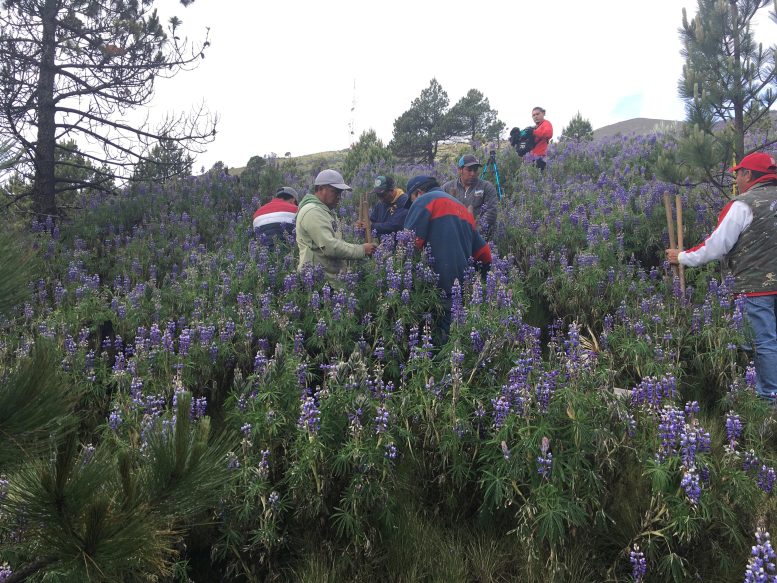
Experimental Planting Efforts
In 2017, Sáenz-Romero and colleagues gathered seeds from cones from eight stands of sacred fir in the Monarch Butterfly Biosphere Reserve (MBBR) in Mexico, at altitudes between 3,100 and 3,500 meters. They grew seedlings from these, at first for two years in a shade-house at 1,900 meters altitude, and then for another year in a nursery at 3,000 meters. In July 2021, they transplanted the seedlings to four sites along an elevational gradient on the northeast slope of Nevado de Toluca.
The researchers chose this mountain because it is the closest to the MBBR and has a summit 1,130 meters higher than the highest occurrence – at 3550 meters – of sacred firs there. It is also a Protected Natural Area.
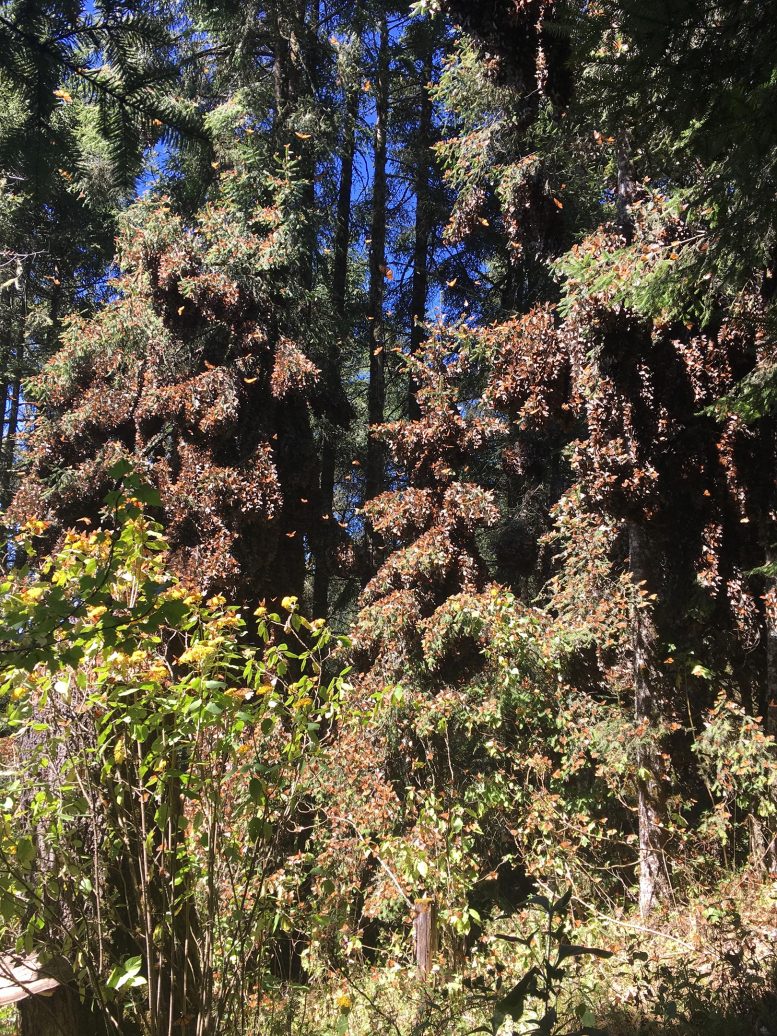
They planted 960 seedlings at four altitudes: 3,400, 3,600, 3,800, and 4,000 meters. The latter is the timberline of Nevado de Toluca and was included to find the highest elevation at which sacred firs can survive in the present climate. Seedlings were distributed over 30 spatial blocks per altitude, taking care to include equal numbers from each original stand in the MBBR.
Seedlings were always planted under ‘nurse plants’ to protect them against excess insolation and extreme cold. These were Senecio cinerarioides shrubs up to 3,800 meters, and Lupinus montanus shrubs and Pinus hartwegii trees at 4,000 meters.
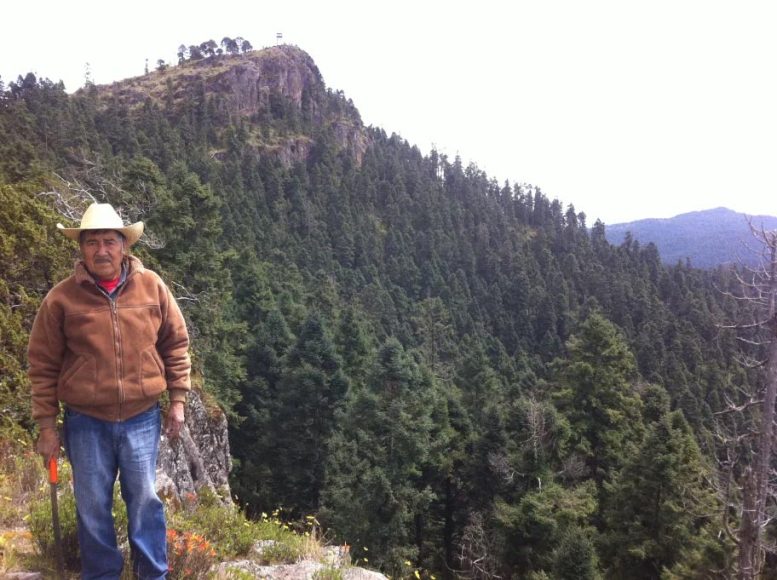
Assessing Seedling Performance
Every two months between September 2021 and December 2023, Sáenz-Romero and colleagues (including graduate students and local foresters of the Matlatzincas Native Indian people) measured each seedling’s performance, that is, its survival, height, and diameter. Because the goal of the experiment was the conservation of sacred firs, not timber production, survival was considered the most important measure.
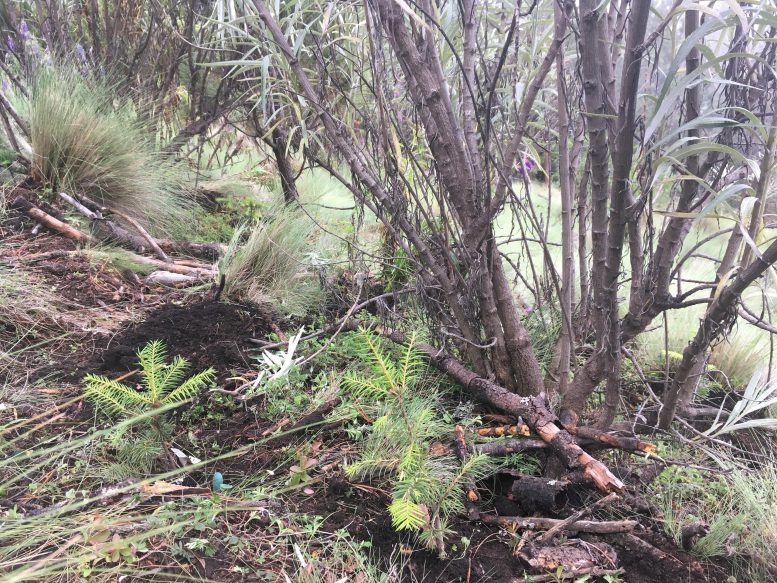
Challenges and Opportunities in Higher Altitudes
The results showed that the performance of the transplanted seedlings decreased as the ‘ecological distance’ – the weighted difference across a range of climate variables such as temperature, precipitation, and dryness – between the original and the planting site increased. Overall, survival and growth worsened when seedlings were transplanted to sites colder and higher than the original stand in the MBBR. At 4,000 meters, growth was approximately nil, while many seedlings showed frost damage.
Between 3,600 and 3,800 meters, seedlings had 54% less vertical growth, 27% less biomass, and 27% less survival than at the baseline of 3,400 meters. The authors judged this survival rate to be ‘very acceptable’.
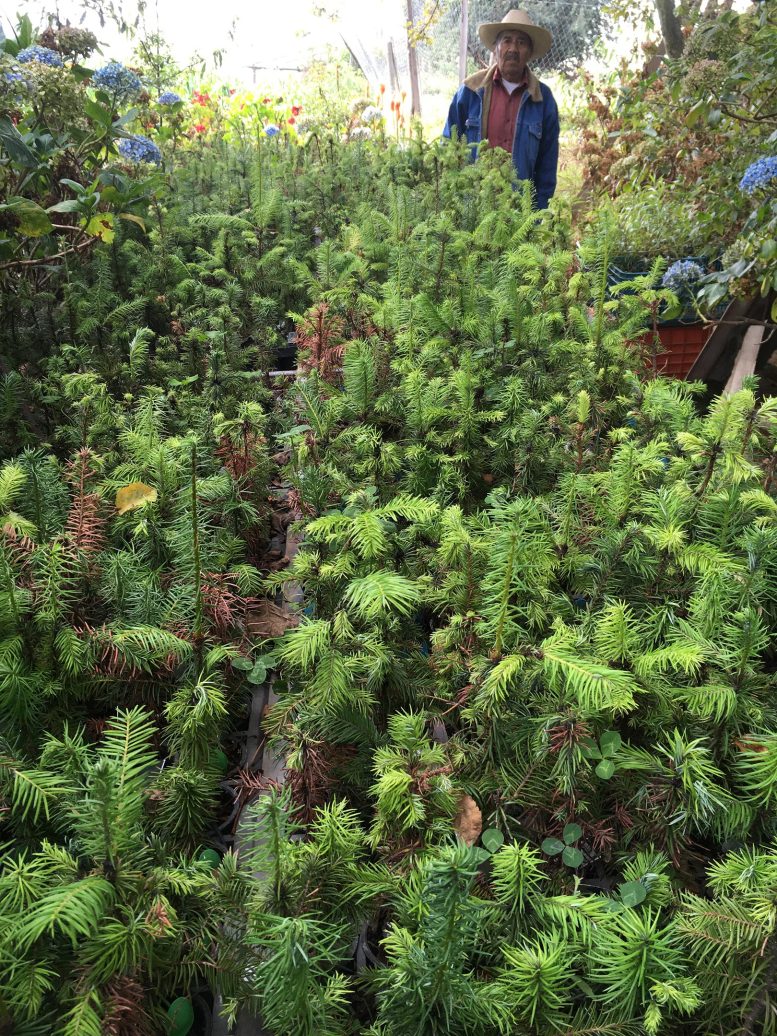
Future Prospects and Conservation Strategies
“These planted stands could ultimately serve as overwintering sites for the Monarch butterfly under warmer climates,” concluded Sáenz-Romero.
“In fact, monarch butterflies have over recent year established new and large colonies at colder places within the Nevado de Toluca, which suggests that they already are searching for new places to overwinter, as their historic sites inside the MBBR are now too warm. Once our seedlings are fully grown, they will hopefully discover our planting site, too.”
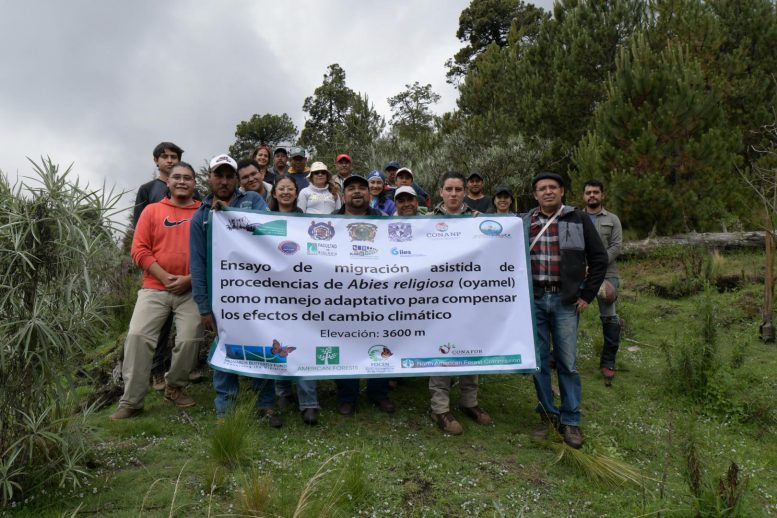
“We stress that creating new areas for monarch butterflies is not mutually exclusive with continuing efforts to conserve their current habitat in the Monarch Butterfly Biosphere Reserve. Both approaches should be complementary, with equal priority.”
Reference: “Establishing monarch butterfly overwintering sites for future climates: Abies religiosa upper altitudinal limit expansion by assisted migration” by Cuauhtémoc Sáenz-Romero, Verónica Osuna-Vallejo, Patricia Herrejón-Calderón, Legna A. Pérez-Cruz, M. Guadalupe Joaquín-Juan, Ana Laura Cruzado-Vargas, Gregory A. O’Neill, Ana Gabriela Zacarías-Correa, Gyorgy E. Manzanilla-Quijada, Roberto Lindig-Cisneros, Arnulfo Blanco-García, Ángel R. Endara-Agramont and Leonel Lopez-Toledo, 29 August 2024, Frontiers in Forests and Global Change.
DOI: 10.3389/ffgc.2024.1440517